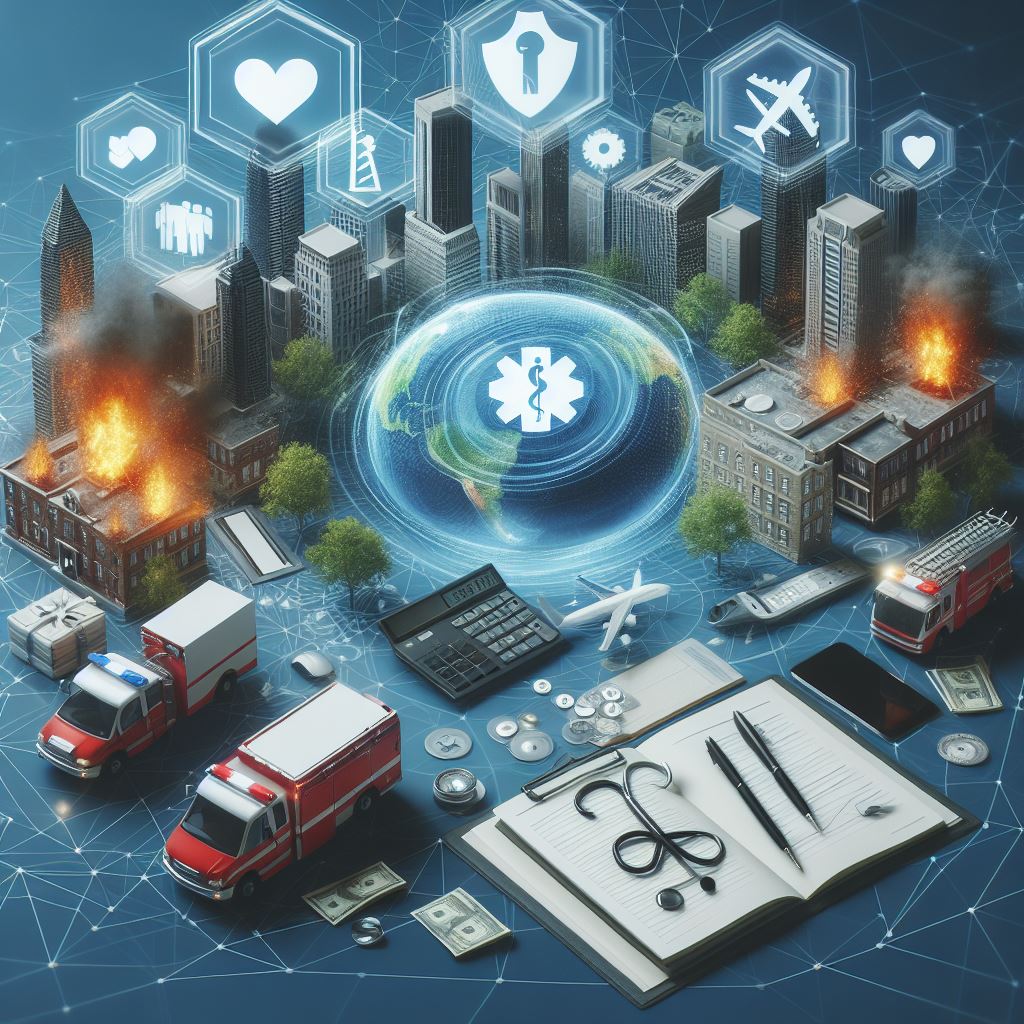
Essential Best Practices for Developing an Effective Emergency Response Plan
Share
In today's unpredictable world, it's crucial for businesses and organizations to have a robust emergency response plan in place. Whether it's a natural disaster, a technological failure, or a security threat, being prepared can mean the difference between safety and chaos. Here are some essential best practices to consider when developing your emergency response plan:
1. Regular Review and Updates: The first step in ensuring the effectiveness of your emergency response plan is to regularly review and update it. As circumstances change, so too should your plan. Conduct regular assessments to identify any gaps or areas for improvement and make necessary revisions promptly.
2. Employee Involvement: Your employees are your most valuable asset in any emergency situation. Involve them in the development and implementation of the emergency response plan. Encourage their input, provide comprehensive training, and conduct drills to ensure everyone is familiar with their roles and responsibilities.
3. Tailor to Your Environment: Every workplace is unique, with its own set of risks and hazards. Customize your emergency response plan to address the specific challenges of your environment. Consider factors such as location, weather patterns, and the nature of your business when formulating your plan.
4. Clear Communication Protocols: Effective communication is essential during emergencies. Establish clear communication protocols within your emergency response plan, including multiple channels such as text messaging, public address systems, or mobile apps. Ensure that everyone knows how to access and use these channels effectively.
5. Training and Drills: Practice makes perfect, especially when it comes to emergency preparedness. Conduct regular training sessions and drills to familiarize employees with emergency procedures and response actions. This not only builds confidence but also helps identify any weaknesses in the plan that need to be addressed.
6. Accessibility and Awareness: Make sure your emergency response plan is readily accessible to all employees. Provide copies in multiple locations and formats, including printed versions, digital copies, and accessible formats for employees with disabilities. Ensure that everyone is aware of where to find the plan and how to use it effectively.
7. Continual Improvement: Emergency preparedness is an ongoing process. Continuously evaluate and improve your emergency response plan based on feedback, lessons learned from drills or real incidents, and changes in your organization or environment. Stay vigilant and proactive in identifying areas for enhancement.
In conclusion, developing an effective emergency response plan requires careful planning, active participation, and ongoing commitment. By following these best practices and customizing your plan to suit your specific needs, you can better prepare your organization to respond swiftly and effectively to any emergency situation. Remember, safety is everyone's responsibility, so stay informed, stay prepared, and stay safe.
1. Regular Review and Updates: The first step in ensuring the effectiveness of your emergency response plan is to regularly review and update it. As circumstances change, so too should your plan. Conduct regular assessments to identify any gaps or areas for improvement and make necessary revisions promptly.
2. Employee Involvement: Your employees are your most valuable asset in any emergency situation. Involve them in the development and implementation of the emergency response plan. Encourage their input, provide comprehensive training, and conduct drills to ensure everyone is familiar with their roles and responsibilities.
3. Tailor to Your Environment: Every workplace is unique, with its own set of risks and hazards. Customize your emergency response plan to address the specific challenges of your environment. Consider factors such as location, weather patterns, and the nature of your business when formulating your plan.
4. Clear Communication Protocols: Effective communication is essential during emergencies. Establish clear communication protocols within your emergency response plan, including multiple channels such as text messaging, public address systems, or mobile apps. Ensure that everyone knows how to access and use these channels effectively.
5. Training and Drills: Practice makes perfect, especially when it comes to emergency preparedness. Conduct regular training sessions and drills to familiarize employees with emergency procedures and response actions. This not only builds confidence but also helps identify any weaknesses in the plan that need to be addressed.
6. Accessibility and Awareness: Make sure your emergency response plan is readily accessible to all employees. Provide copies in multiple locations and formats, including printed versions, digital copies, and accessible formats for employees with disabilities. Ensure that everyone is aware of where to find the plan and how to use it effectively.
7. Continual Improvement: Emergency preparedness is an ongoing process. Continuously evaluate and improve your emergency response plan based on feedback, lessons learned from drills or real incidents, and changes in your organization or environment. Stay vigilant and proactive in identifying areas for enhancement.
In conclusion, developing an effective emergency response plan requires careful planning, active participation, and ongoing commitment. By following these best practices and customizing your plan to suit your specific needs, you can better prepare your organization to respond swiftly and effectively to any emergency situation. Remember, safety is everyone's responsibility, so stay informed, stay prepared, and stay safe.